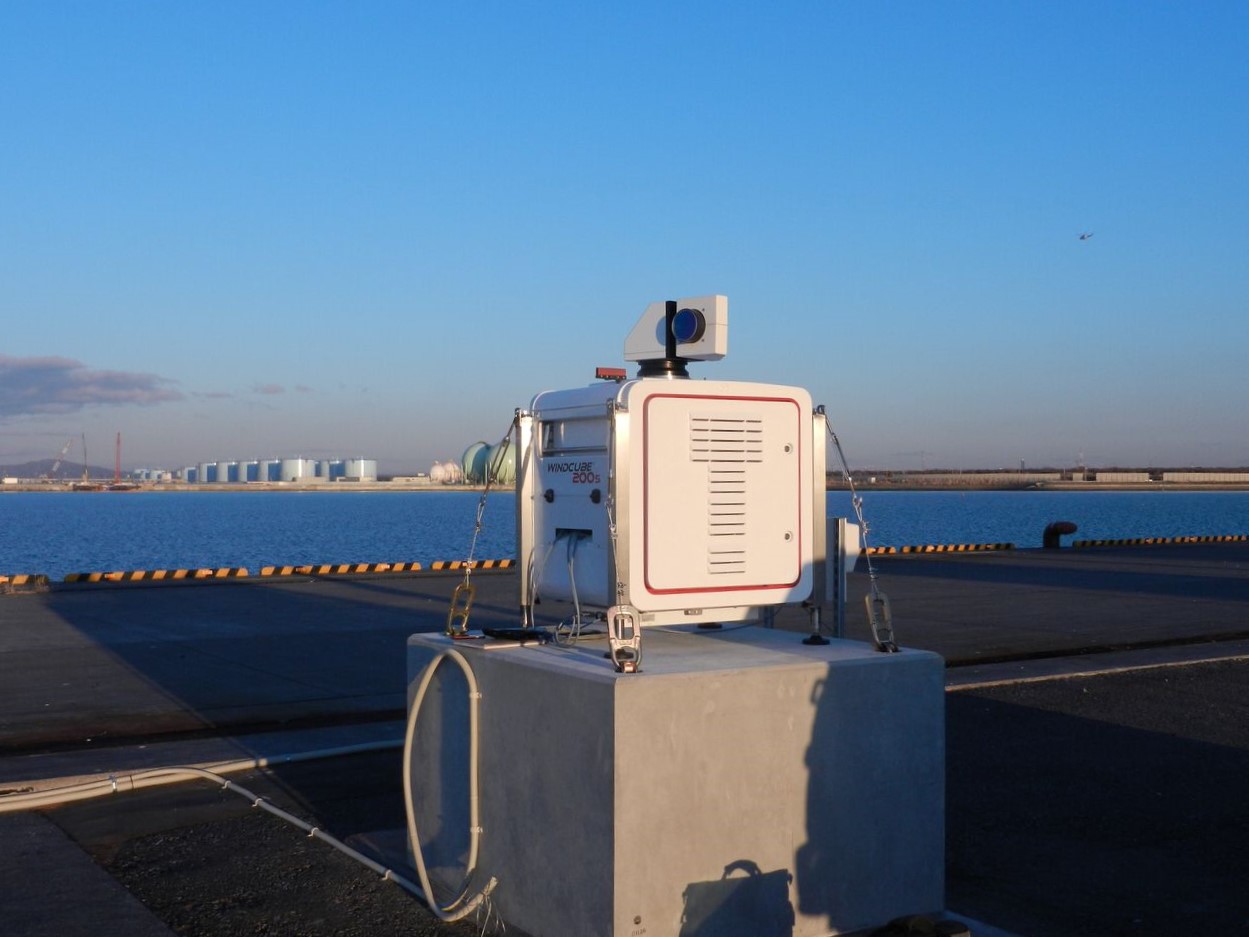Oldbaum’s latest project took the wind data consultancy to the Hokkaido province in Japan where they built on their long-standing scanning LiDAR experience when collecting data for an offshore wind energy project from onshore locations.
Scanning LiDAR technology greatly reduces campaign costs, and provides easier, safer access to the system for maintenance efforts throughout the entire duration of a project.
A strong advocator of renewable energies, Japan is one of the world’s leading countries in developing offshore wind – their latest policy sets an ambitious target of 37 GW to be delivered by offshore wind farms by 2050. High wind resources in the north of the country, one of the world’s most generous renewable Feed-in-Tariff schemes and being the world’s third largest economy, makes Japan an attractive market for offshore wind developers.
Oldbaum works continuously to reduce the cost of wind data acquisition offshore and thus contributes valuably to the development of the industry worldwide. In their most recent project, in Japan delivered in partnership with NRG Renewables, they utilised the Leosphere W200S long range system, a remote sensing equipment that Oldbaum has a long-standing expertise in using, and adding value to, by gathering and interpreting meaningful data to best advise their clients in designing efficient offshore wind farms.
“Scanning LiDAR is an important data acquisition technique development,” confirmed Oldbaum’s Technical Director Andy Oldroyd, “The ability to record winds well out to sea whilst operating from a safe onshore environment greatly reduces cost, but also gives valuable wind speed variation data in areas where numerical techniques are well known to struggle.
Scanning LiDAR when used appropriately can give developers valuable insight to the wind regime their development will encounter. In this case we are very fortunate that the range and power of the 200S allows us to scan the entire wind farm development zone.”








